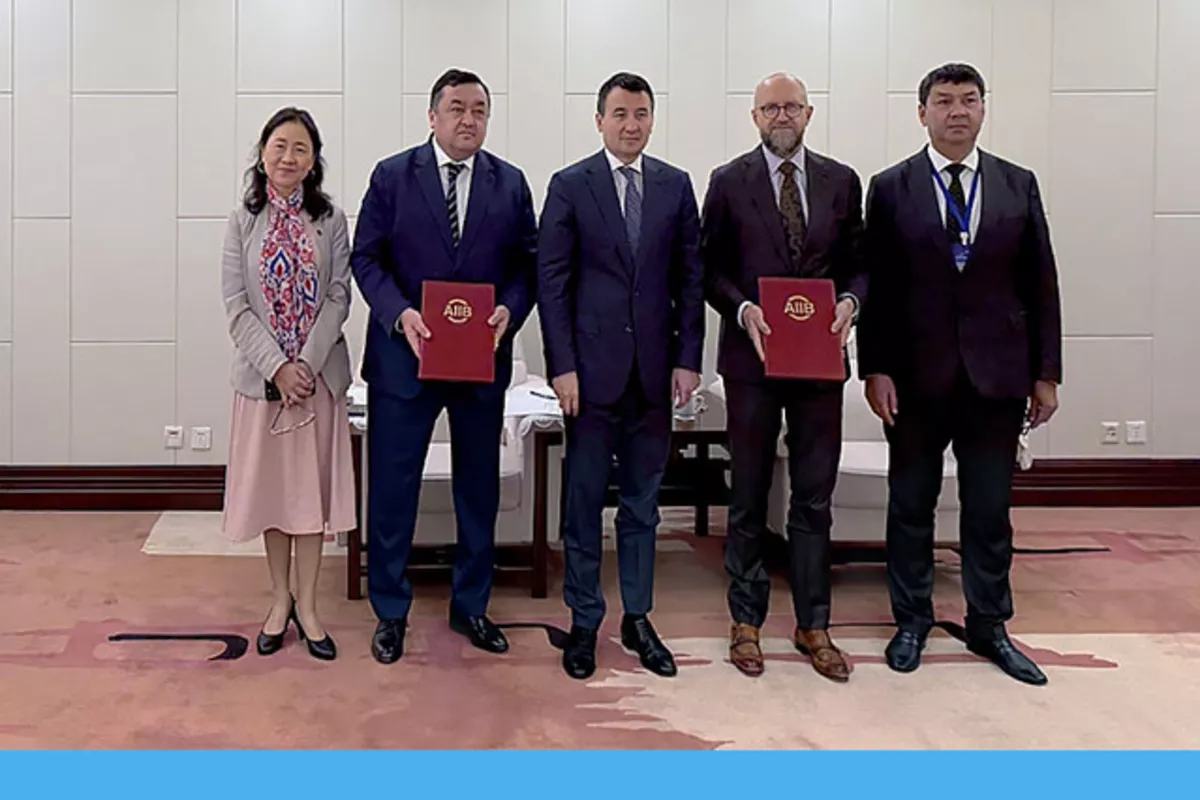
photo: UzDaily.uz
The Uzbek government and the Asian Infrastructure Investment Bank (AIIB) have held high-level talks to further strengthen their strategic partnership.
The discussions underscored deepening bilateral ties, key implementation milestones, and opportunities for expanded collaboration, The Caspian Post informs via Uzbek media.
In recent weeks, the Uzbekistan-AIIB partnership has seen three major developments:
Launch of a $1-billion multi-phased water sector program
Initiation of a $300-million power transmission modernization project
Approval of the Karakalpakstan and Khorezm Local Roads Network Reconstruction Project, with the first tranche of $71.1 million committed out of a $173.5-million multi-phased program
These initiatives operationalize the Multi-Year Rolling Investment Program (MYRP) signed in 2024, reflecting AIIB’s commitment to Uzbekistan’s long-term development goals.
Konstantin Limitovskiy, AIIB’s Chief Investment Officer for Region 2, emphasized the significance of the partnership:
“Uzbekistan stands not just as a founding member and valued shareholder but as one of AIIB’s key clients and a trusted partner. The strong commitment from leadership on both sides throughout the last 10 years has been inspiring. We are excited to broaden and deepen this partnership by strengthening our plans in water and electricity transmission sectors, further aligning our $4-billion country investment program with Uzbekistan’s national development priorities in fostering sustainable growth and regional development.”
AIIB’s portfolio in Uzbekistan now totals $3.7 billion, making the country the Bank’s seventh-largest client globally. The portfolio spans vital infrastructure sectors such as transportation networks, renewable energy projects, urban development initiatives, and climate-focused policy-based financing.
Both parties have agreed to expand cooperation into new strategic areas. The MYRP’s adaptive implementation framework will ensure that upcoming initiatives remain closely aligned with Uzbekistan’s national development priorities through regular joint reviews and strategic coordination.
Share on social media